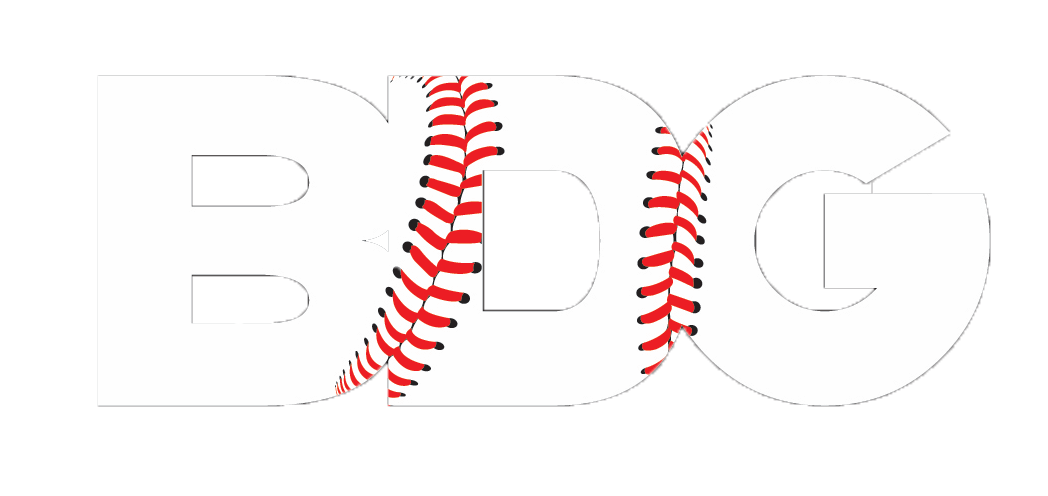The following is just a small portion from my upcoming recovery book edited to make sense within the context of a standalone blog post.
A growing and concerning trend that I have seen in recent years is the creation of a culture dependency on recovery modalities and techniques. It seems like every time we look there is a new and exciting piece of equipment available, paired with great marketing labelling it the ‘the next frontier’ in recovery.
Players and coaches want to ensure themselves (and their clients) that they are keeping up the latest trends, are quick to buy into the hype and make the purchase for everyone on Instagram to see.
“Proud to now be offering XYZ recovery tool to better serve our athletes.”
In our minds we’ve just purchased an awesome new product so start using it on everyone that walks into our facility. Our conversation begins by touting the incredible abilities of this new product to these people and are pleasantly validated when they give us a subjective ‘man, I feel fantastic’ response to the intervention. (What was that about expectation bias?) The bandwagon effect continues to pick up steam and so we want to show off what we’re using to our clients, competitors and colleagues online. Our results are off the charts – “We’ve tried this product on 10 people who have all told us how great it works.”
These ideas fuel the need for coaches and players to use these new modalities more and more frequently, ultimately culminating into a culture of ‘train hard, recover harder’. More recovery, more often, more gains, bro. This is an inherently flawed and shallow viewpoint of the entire recovery – adaptation process. When it comes to the accumulation of fatigue and creating adaptation there are times of the year when we don’t want to recover acutely.
What we begin to see are mandatory post-throwing routines filled with a plethora of gadgets and tools used for long periods of time — ultimately driving a players perception of these practices as critical to their overall success. Before implementing something into your daily routine, have you ever asked the question “am I creating a dependency?”
Consider the following example with pitchers.
Over the last few years, there has been an explosion of electrostimulation unit (EMS) usage in baseball. These units have made their way into the recovery protocols of a majority of professional, collegiate and even amateur programs. Scientific validation aside, the general message conveyed is that these units help improve fluid flow, reduce inflammation and promote a quick return to baseline. Coaches and players are exposed to the constant marketing of these units, their positive testimonials, inevitably buying into the potential to help with recovery, and decide to purchase their own.

Yes, we use the Compex unit as a recovery modality. No, we don’t think that they are the magic solution to everything.
With the ‘recover hard’ mindset in place, they build these units into their daily post-throwing recovery protocol. Over the course of a winter, the pitcher gets bigger, stronger, moves with more efficiency and inevitably throws harder, with part of the attribution going to their improved recovery routine. *Even if the EMS unit did positively help with the recovery process, the daily incorporation could be counterproductive during phases when the main aim is adaptation, not competition performance. This is true for other recovery modalities as well. In simple terms, making it easier for the muscles in the short-term could limit the adaptations in the long-term. (Periodization in recovery modalities is a topic I’ll cover in the book).
This example begs a few interesting questions.
- By always giving the player fifteen minutes of EMS post training, are we creating a psychological dependency on it for performance?
- Are we conveying the story that without these modalities they aren’t ready to perform?
- Are we giving them a crutch if things don’t go their way without them?
These are questions that I ponder frequently and admit to not having the hard answers. We must, however, be open to the possibility of alternate arguments.
If we are talking about building robust and resilient athletes, ones that can withstand a variety of conditions and environments to produce the same performance outcome, how does these tools fit in? What happens to the athlete that trains all winter with an EMS device and then returns to school without one? Not only have we potentially robbed them of making a physiological adaptation by using these modalities, but we have created a psychological reliance on them. A players perception of recovery, something that directly impacts psychological & emotional stress, will be greatly affected if their crutch has been removed.
If we are constantly in the hunt of getting our athletes to perform under optimal conditions in the offseason are we fostering fragility when things aren’t ideal during the season? As we all know in the baseball world there is very little opportunity for feeling perfect. I don’t want my guys to have the mindset that if anything feels ‘off’ or they didn’t get their massage in that they can’t perform on that day. How many times have you heard a story of a guy going 4-4 with a hangover? Or pitching the game of their life with the flu?
My thought process is that we shouldn’t always be chasing optimal conditions when pushing our athletes in the offseason. We want to avoid fostering a mentality that feeling perfect or relying on tools / interventions equates to peak performance. As crazy as it seems, I don’t want my athletes to perform the same recovery routine everyday. I don’t want them reliant on an EMS unit that may or may not provide a physiological benefit.
In my current opinion, I think that the pendulum needs to shift away from this dependency and move towards building a more robust resilience on the topic of recovery.
